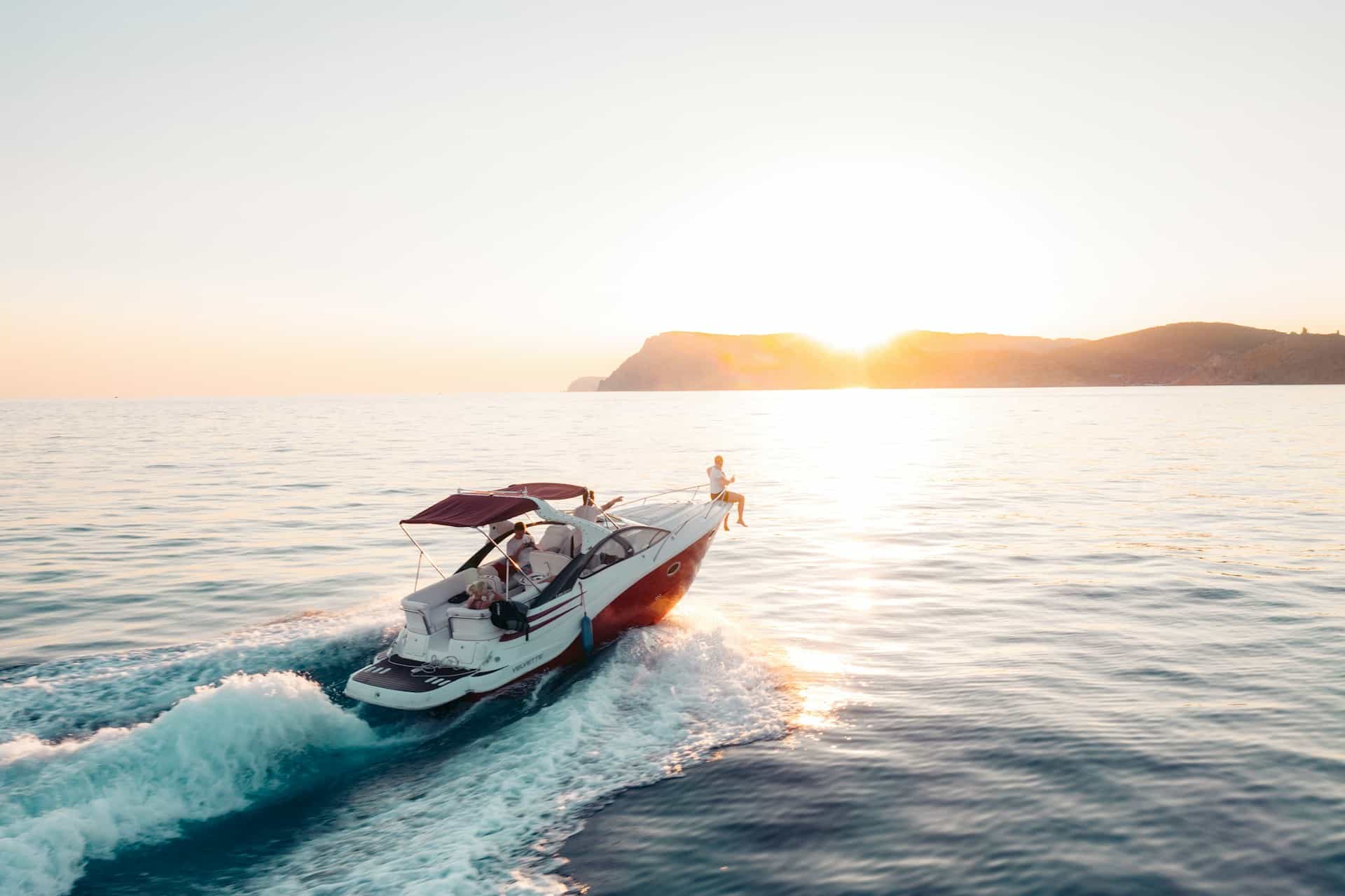Being a passenger on a luxurious cruise ship is no doubt a dream vacation for many. It’s a unique way to travel, offering a blend of relaxation, adventure, and entertainment all in one floating city. The cruise industry, with its many ships and Caribbean and international routes, continues to grow and innovate, offering more variety and options for passengers. However, a crucial aspect that impacts the cruising experience, specifically the embarkation times, are the tide schedules.
Understanding the tide schedules could enhance your cruise experience. It is surprising how these natural forces could affect your cruise so significantly, especially during your boarding process. In this article, we will dive deep into understanding tide schedules, their relationship with embarkation times, and how understanding them can ensure a smoother and more enjoyable cruise experience.
En parallèle : How can you ensure a gluten-free diet is catered for on a UK cruise?
The Importance of Tides to Cruise Ships
The relationship between cruise ships and tides is often overlooked. However, it is fundamental to every voyage because tides significantly affect the ship’s departure and arrival times at each port.
Tides are the rise and fall of sea levels caused by the combined effects of the gravitational forces exerted by the moon and the sun and the rotation of the Earth. The time at which the tide reaches its highest level in a particular area is known as high tide, while the lowest level is referred to as low tide.
Cela peut vous intéresser : What special events do UK cruises offer for anniversaries or celebrations?
Cruise ships, like any other marine vehicle, are designed to operate best in high tide. At high tide, the sea level is at its peak, creating deeper waters which allow the ship to navigate safely without the risk of running aground.
However, at low tide, the sea level drops, making waters shallower. Large ships such as cruise liners risk running aground, causing significant damage to the ship’s hull. Therefore, to ensure the safety of the passengers, crew, and the ship itself, cruise operators often schedule their departures and arrivals around high tide.
The Impact of Tides on Embarkation Times
Understanding the impact of tides on embarkation times is important, especially if you are planning to book a cruise in the UK. Many ports in the UK experience large tidal ranges, which could alter the initial embarkation time.
The specific timing of high tide varies from day to day and from port to port. Therefore, cruise operators must consider the tide schedules when planning their cruises. They need to ensure that the ship is in port and ready to embark passengers at high tide.
This means that, depending on the time of high tide, you may find your embarkation time is earlier or later than you might expect. In some cases, the tide might even require the cruise line to adjust the embarkation time on the day of departure. This is why it’s always advisable to check with the cruise line for any changes to the embarkation time prior to travel.
How to Plan Around Tide Schedules
If you are booking a cruise, it’s advisable to consider the tide schedules. Cruise lines generally provide potential passengers with an estimated embarkation time when booking their package. However, these times are subject to change based on tide schedules.
After booking your cruise, make sure to continually check for updates from your cruise line regarding embarkation times. Cruise lines will adjust these times based on the most current tide schedules to ensure a safe and smooth embarkation process.
If possible, it’s always a good idea to arrive at the port city a day or two before the cruise. This will give you some leeway if the embarkation time changes due to the tide schedule. Most cruise lines also offer pre-cruise hotel packages for their passengers for this exact purpose.
Tide Schedules and On-Board Activities
Understanding tide schedules and their impact on embarkation times can also help you make the most of your time on board. If your cruise ship adjusts its schedule for the tides, it might also adjust the times for on-board activities.
For example, if the ship departs earlier than expected due to a high tide, the ship’s main dining room might open earlier than usual. The same goes for other on-board activities such as shows, spa appointments, and other entertainment options. By understanding the impact of tides on the ship’s schedule, you can plan your day on board more effectively and ensure you don’t miss out on any of the fun.
In conclusion, while tide schedules might seem like a minor detail in your cruise experience, their impact can be considerable. By understanding their influence on embarkation times and on-board schedules, you can plan better and ensure a smooth and enjoyable cruise.
How Cruise Lines Navigate Tide Schedules
One of the most vital factors that cruise lines, such as Royal Caribbean and MSC Cruises, consider meticulously while planning their schedules is the tide. By examining the tide schedules carefully, these cruise lines ensure the safety and convenience of their passengers, thus enhancing their overall cruise experience.
A crucial point is that the timing of high tide is not static – it shifts daily and varies from one port to another. Therefore, cruise lines, like Royal Caribbean and MSC Cruises, employ a team of experts to study and interpret these tide schedules. They use this information to map out the most suitable times to embark and disembark passengers.
For instance, when the Symphony of Seas, one of the most luxurious Royal Caribbean ships, is preparing to set sail, the crew must ensure that the ship is in port and ready to board passengers during the high tide.
At times, the tidal streams might necessitate last-minute changes to the embarkation times. Therefore, it is recommended for passengers to keep track of any cruise news or updates from their respective cruise lines leading up to the days of departure. Most cruise lines, including MSC Cruises and Royal Caribbean, have systems in place to communicate these important schedule changes to their passengers promptly.
Concluding Thoughts: The Tidal Influence on Your Cruise Experience
In conclusion, the influence of tide schedules on your cruise experience is undeniable. It is an essential component that cruise lines such as MSC Cruises and Royal Caribbean consider when planning their voyages; especially when it comes to embarkation times.
The timing of high tides determines both your embarkation time and the on-board schedules. Therefore, as passengers, having a basic understanding of tide schedules can be extremely beneficial. It can help you plan better and be prepared for any adjustments to the schedule.
For instance, knowing that a high tide might necessitate an early departure could prompt you to reschedule your shore excursions or plan your meals in the main dining room accordingly. Make sure to check your cruise line’s updates or consult with Cruise Critic or Cruise Hive for the latest cruise news.
Moreover, it is always a good idea to arrive a few days before departure. Most cruise lines offer pre-cruise accommodation packages to provide passengers with extra time to adjust to any changes in the embarkation schedule. Knowing these nuances can ensure your time on the Symphony of Seas or any other luxurious cruise ships is memorable for all the right reasons.
So, the next time you are planning a cruise vacation, remember, your experience does not only start when you step on the ship, but also when you are planning your cruise. Knowledge about tide schedules and their impact can make your cruise experience smoother, allowing you to take full advantage of the entertainment, relaxation, and adventure that the floating city has to offer.










